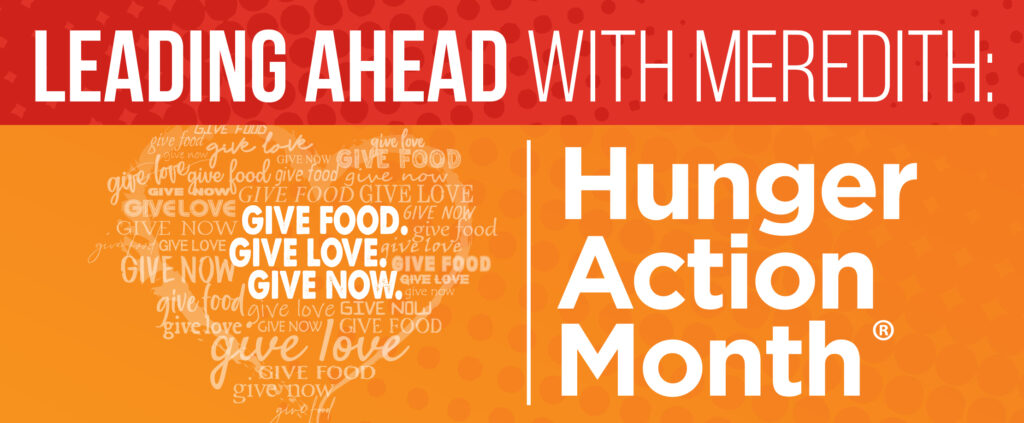- Nearly three in four workers in the U.S. say they’re in debt.
- Almost three in every 10 U.S. adults have no emergency savings. At all.
- One in four have a rainy day fund but not enough to cover three months’ worth of living expenses.
- Upwards of 74 percent of all U.S. workers say they live paycheck to paycheck. And that includes one in every four families making $150,000+ per year.
These stats from various surveys during the past three years show just a small peek into an unhealthy situation. When the pandemic hit and nearly everything came screeching to a halt, cracks began to burst open almost immediately.
This Statista piece shows that just two weeks into March 2020, that nearly 20 percent of middle income and more than “44 percent of lower-income survey respondents in the United States stated that their household was having difficulty in affording needed groceries” since the pandemic hit.
The Foodbank’s Response
We knew we had to respond and fast. One thing we know from working with the Feeding America network is how to recognize when a major shift in the uptick of people needing food is coming. In early March, before the news cycles were constant about COVID-19, our team had already sprung into action brainstorming ideas and developing ways to increase the amount of food we could bring in and the best ways to get it into the hands of people who need it.
As new information about the virus came out, new challenges arose, including that the service needed to be no-contact. Physical distancing meant small food pantries had no room inside and normal distribution models that many pantries had in place with their clients would just not be feasible.

We first started testing mobile distributions in 2007, and since we have expanded it to many partners in our service territory. Using this distribution model, we added social distancing and personal protective equipment to ensure volunteer and staff safety. In a matter of days, the Disaster Mobile Markets were in place. We already had a system in place for Mobile Markets.
The drive through Disaster Mobile Markets began in late March with the goal to distribute 3.5 million meals by mid-April and 10 million meals by the end of June. At the end of May, we’ve been able to distribute 8.2 million meals so far.
Partners Are Seeing Need Increase
Francis Howell School District in St. Charles has expanded its monthly Mobile Market for 50-60 specific families within their school system to weekly Mobile Markets open to anyone through at least August and are now seeing 150-200 families weekly.
Sarah Collins with the Jerseyville Township Food Pantry predicts that once things start to open back up they’ll start to see more people coming in, “right now they’ve got stimulus checks and tax refunds and their [utilities] can’t be turned off or evicted and that’s all going to hit. We’re going to see an increase.”
“A lot more working families are coming through,” Brenda Booth with Isaiah 58 Ministries shared.
“We’ve noticed a significant uptick in what we call emergency walk-ins,” said Ed Fitzhenry of the Arnold Food Pantry. “Since early March the increase has been about 100 percent. My concern is in about four, five, six months when unemployment runs out. I believe we’ll see even a greater demand then.”
To find a Mobile Market near you, visit our Events page: https://stlfoodbank.org/events/

